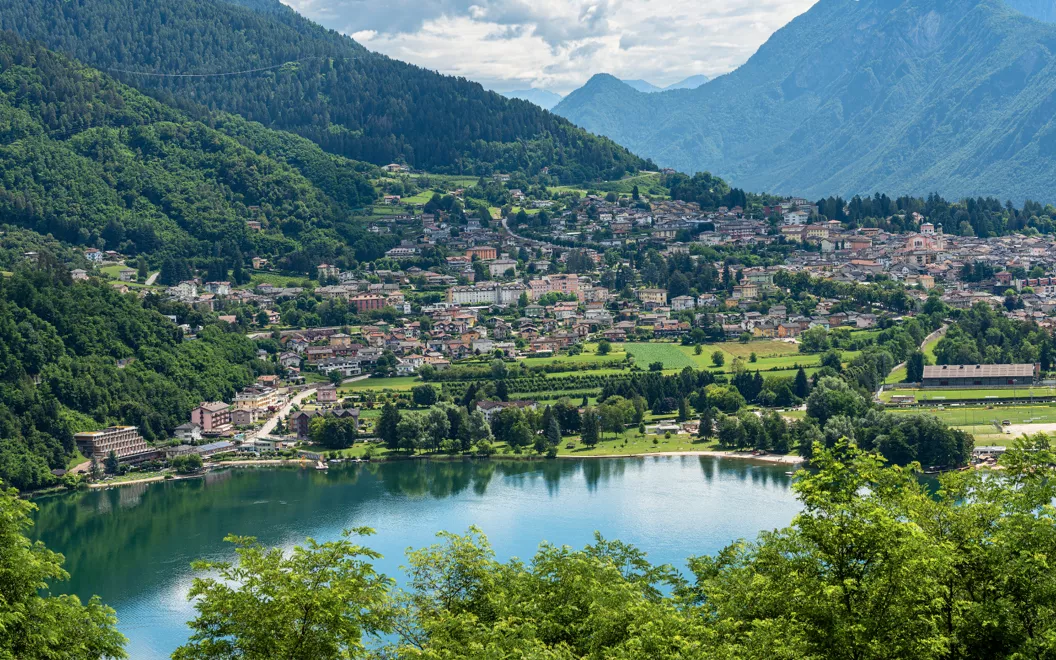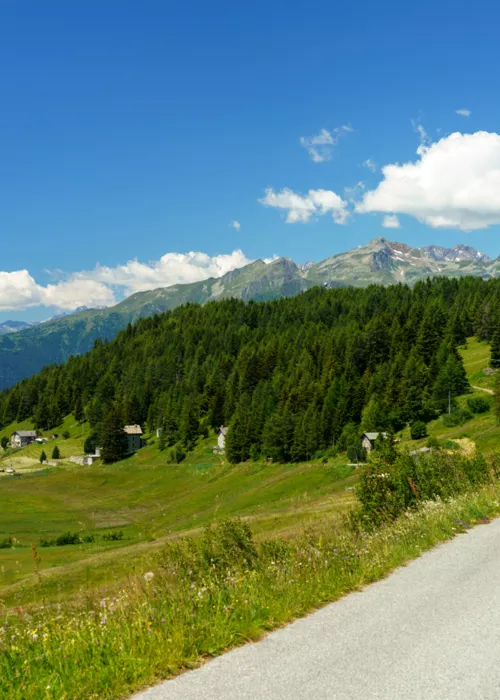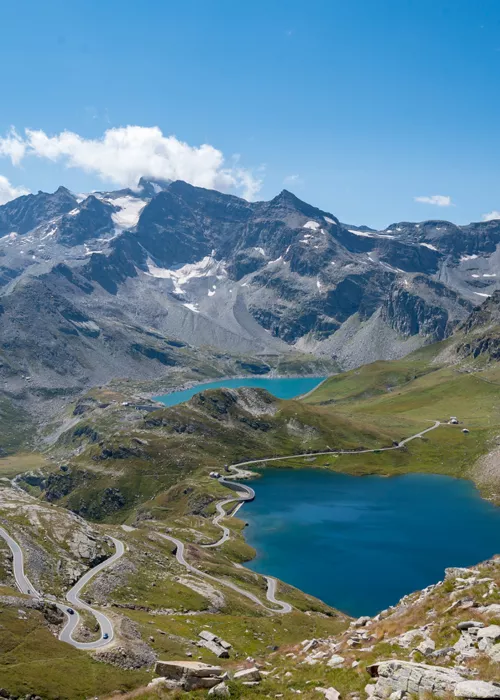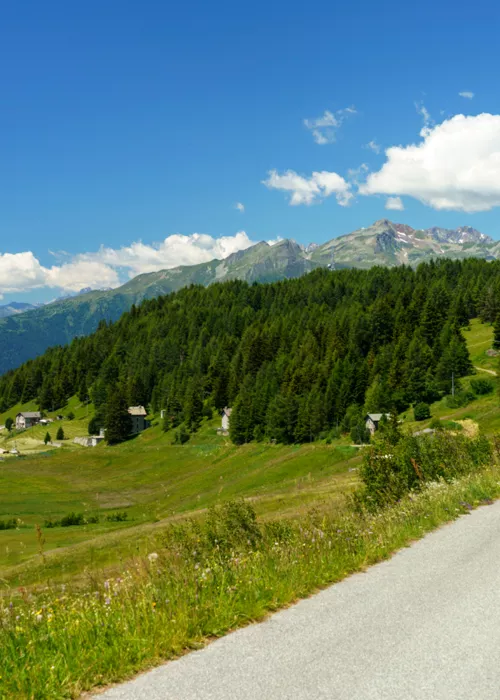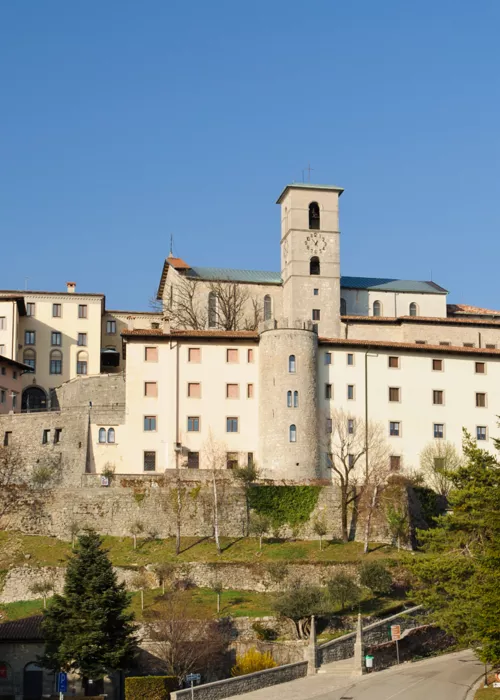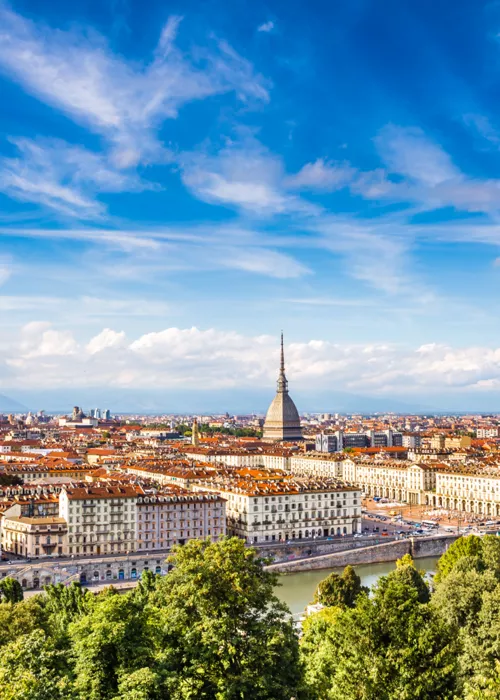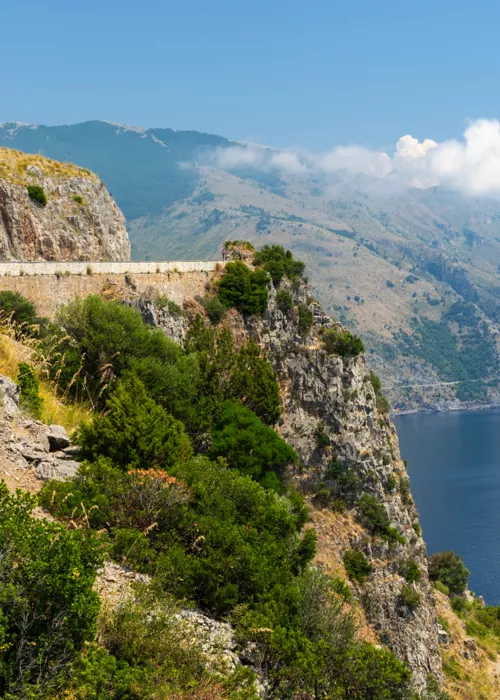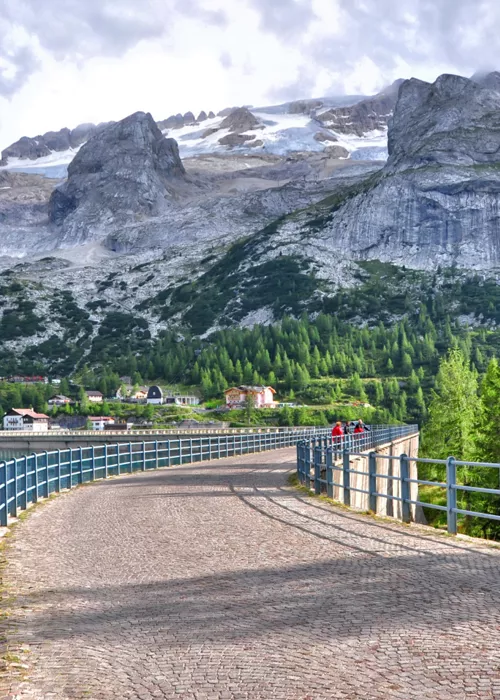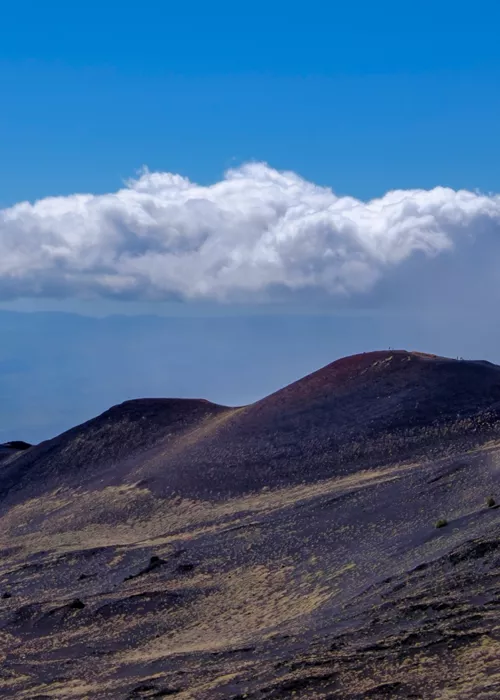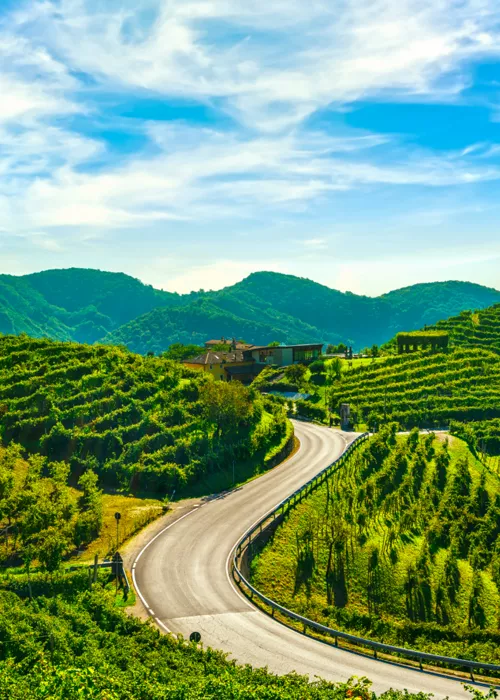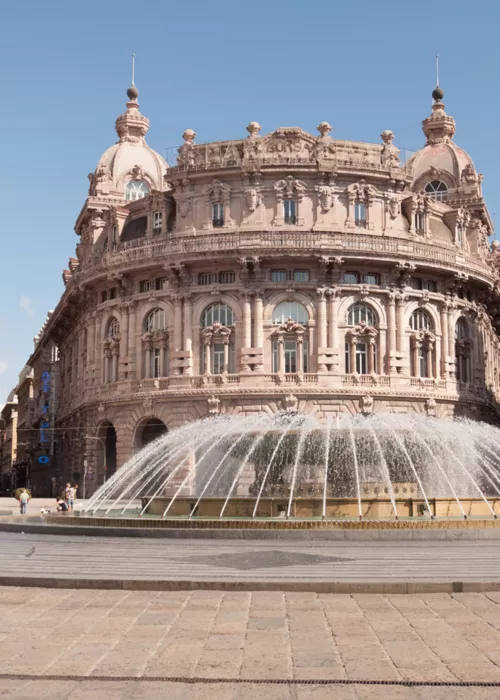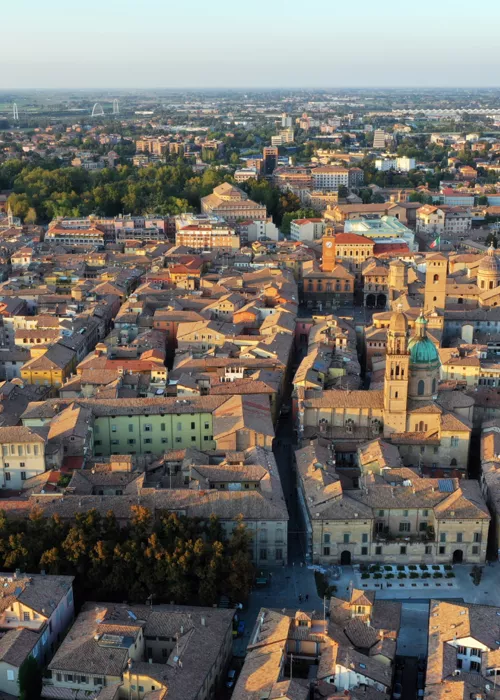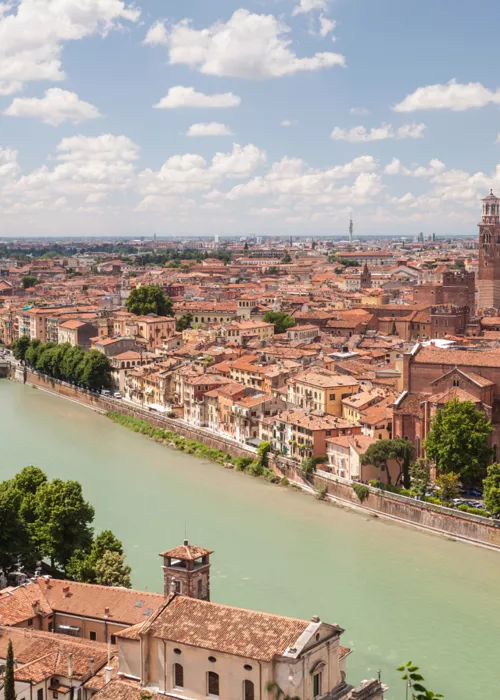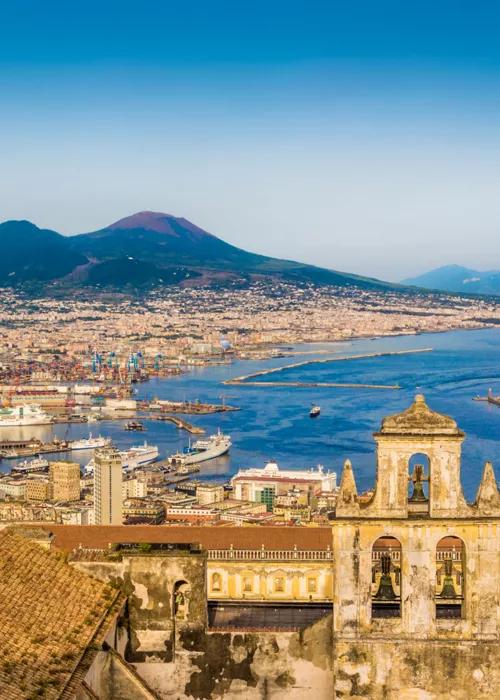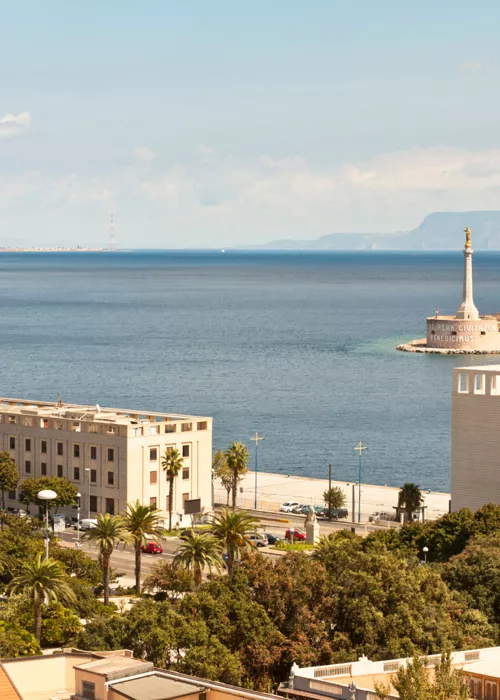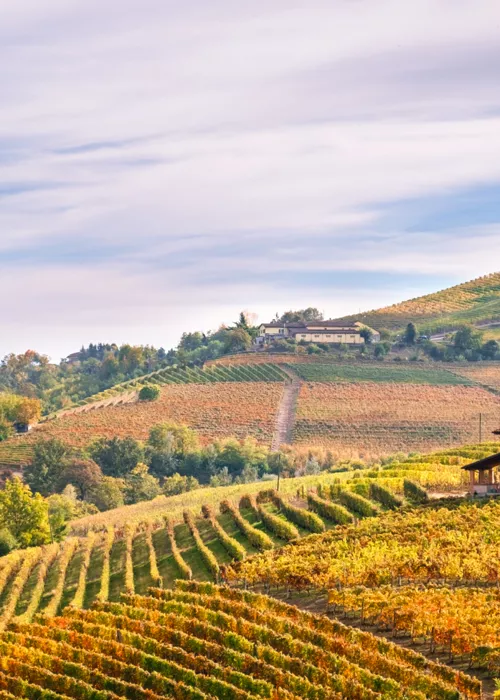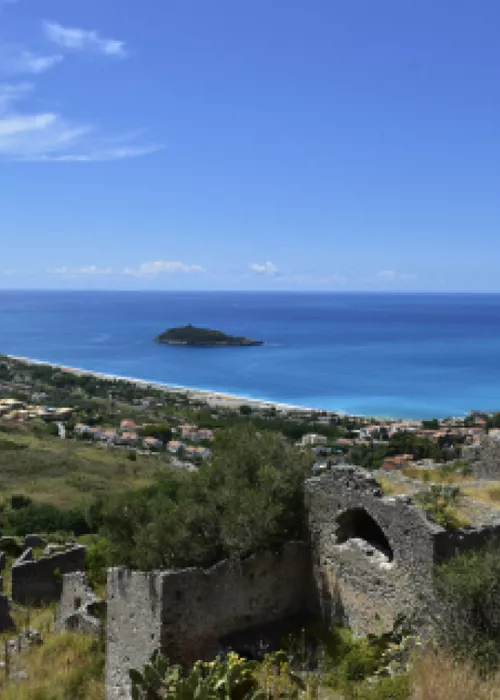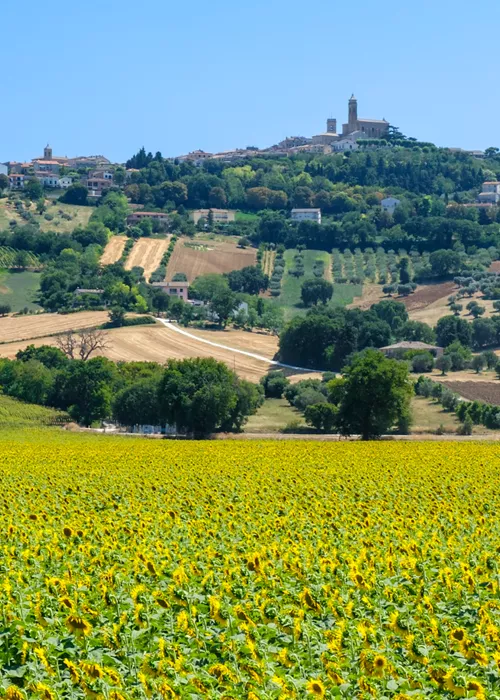In Val di Sole, gazing the stars

Start from Ponte di Legno, in Valcamonica, under the Presena glacier that catches the eye and hints at what is to come. From the very village begins the climb up Passo del Tonale, the gateway to Trentino – 11 kilometres altogether, with an average gradient of 5.9 per cent. Stop at the top and pay homage to the Military Memorial in memory of the violent battles fought in this area during the First World War. Then turn your gaze across the pass and observe the serpentine series of wide hairpin bends descending into Val di Sole. As you ride along them, with your hands firmly on the handlebars and your eyes on the road, anticipate what awaits you: a paradise of trails, mountain huts, alpine pastures and castles. One of the most beautiful to visit is in Ossana, near the village of the same name, on the route you are riding. You will recognise it by its strategic position, on a rocky spur, and by its mighty donjon, a good 25 metres high. If this first part of the route has challenged you and you decide to spend the night here, it is a great idea: the Val di Sole is the ideal place for stargazing, because of the lowest light pollution rate in Italy.
In Val di Non, toasting to life

Here, every valley has its own castle. In Cles, the town where Val di Non begins, is the castle of the same name perched on a hill overlooking Lake Santa Giustina. Of medieval origin, it has only one defect: apart from a few rare summer days, it cannot be visited. While you are on a high plateau, you can admire it as you are riding your bike. If you still have the urge, you can take it away with a small diversion to Vigo di Ton with Castel Thun. It is one of the most popular castles in Trentino since it opened its doors to the public in 2010 after a long period of restoration. What makes it so special? The 40 fully furnished rooms, with paintings, furniture, tiled stoves and various furnishings. Even the dining rooms are laid out, but the icing on the cake is the famous Bishop’s Room: a bedroom lined in pine wood with a coffered ceiling decorated with the Thun family coat of arms dating back to 1670. To resume the route inspired by stage 17 of the Giro d’Italia 2022, simply return to the road that runs alongside the Noce stream and head south towards Mezzolombardo. You are on the Piana Rotaliana Wine and Flavours Route, which celebrates the typical products of this area: one above all, Teroldego Rotaliano D.O.C., the red wine that – as legend has it – even drove the poet Ovid crazy. All the more reason to treat yourself to a glass.
In Valsugana, paying homage to nature

After passing San Michele all’Adige, the road climbs a hillside cultivated with vineyards and reaches Palù di Giovo, the town that gave birth to past champions Francesco Moser and Gilberto Simoni. After about 40 hilly kilometres, Pergine Valsugana appears – a jewel-like village of eco-sustainability that once again this year received a Blue Flag for the clean water of the Lake San Cristoforo beach. A dip here is in order, also because in front of you are two ascents that do not allow too much respite. The first heads towards the Valico del Vetriolo, with an average gradient of 7 per cent. Once you reach the top, you will immediately notice the splendour of times gone by: this is where the Habsburg nobility used to come to restore themselves. The same thing we suggest you do, perhaps with a stop in Levico Terme, almost at the end of the descent, where you can relax your body with a bath in the therapeutic water before tackling the final feat. This is the Menador climb, an iconic climb, not just because of past cycling exploits: it was built during the Great War by Austro-Hungarian soldiers, who had to carve the route into the rock. The result is a winding, narrow road that never drops below 10 per cent gradient. The good side of it? The views of the Alta Valsugana and the lakes of Levico and Caldonazzo are splendid.

